Home>Garden Essentials>What Temperature Does Crabgrass Germinate
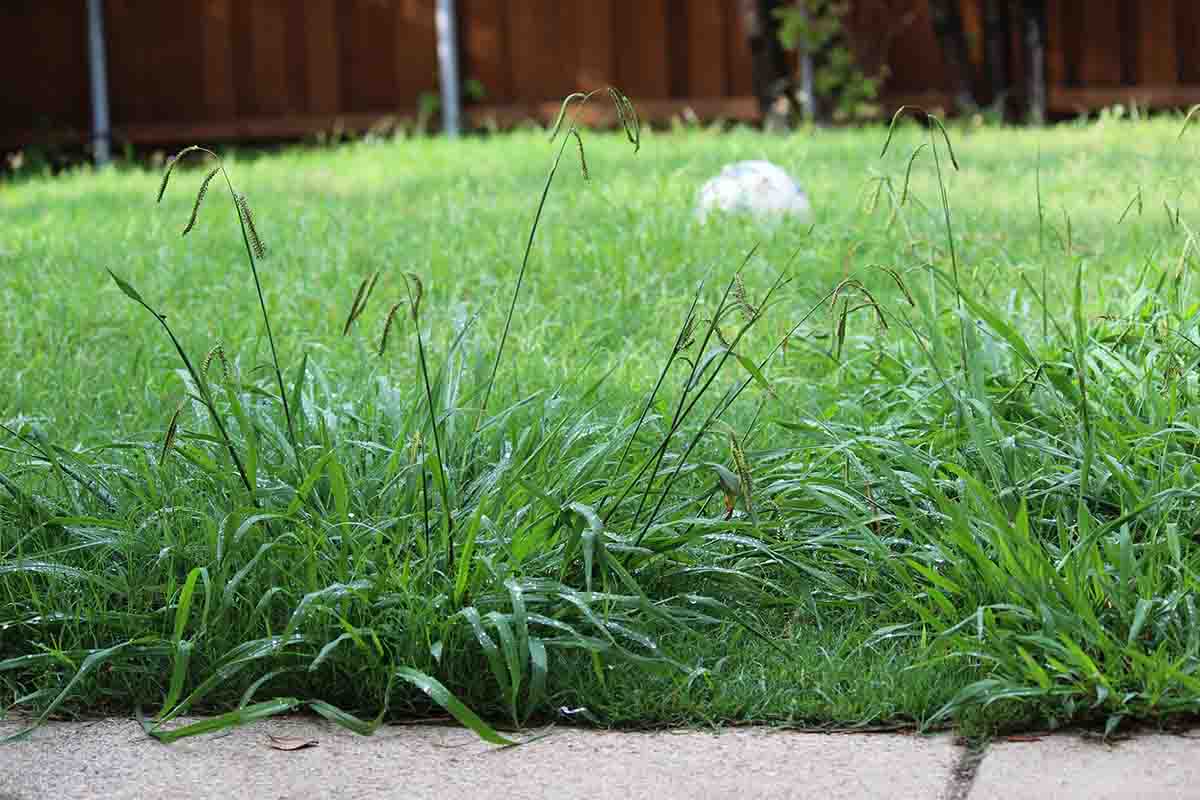

Garden Essentials
What Temperature Does Crabgrass Germinate
Modified: March 16, 2024
Learn when crabgrass germinates in your garden and how to prevent it from taking over. Get expert tips for a weed-free lawn.
(Many of the links in this article redirect to a specific reviewed product. Your purchase of these products through affiliate links helps to generate commission for Storables.com, at no extra cost. Learn more)
Introduction
Welcome to the world of gardening! Whether you are a seasoned green thumb or a beginner, understanding the factors that affect the germination of crabgrass is essential in maintaining a healthy and vibrant garden. Crabgrass, scientifically known as Digitaria, is a common weed that can quickly take over your carefully cultivated lawn if left unchecked. To prevent this unwanted invader from taking root, it is important to understand when and how crabgrass germinates.
Crabgrass, true to its name, has a crab-like appearance with wide blades that sprawl out in a circular pattern. It can quickly spread and become a nuisance, competing with your desired plants for sunlight, nutrients, and moisture. Identifying and tackling crabgrass at its early stages is crucial to keeping your garden looking pristine.
In this article, we will dive into the various factors that influence the germination of crabgrass and explore strategies to prevent it from taking hold in your garden. So, let’s roll up our sleeves and dig in!
Key Takeaways:
- Timing is crucial! Apply pre-emergent herbicides before crabgrass seeds germinate to prevent growth. Healthy turf, proper watering, and mulching also help inhibit crabgrass germination.
- Keep an eye on soil temperature, moisture, and sunlight. Understanding these factors is key to preventing crabgrass growth. Implementing preventive strategies early on is easier and more effective.
Factors Affecting Crabgrass Germination
Crabgrass germination is influenced by several factors, which include soil temperature, moisture levels, and sunlight availability. Understanding these factors can help you make informed decisions and take appropriate measures to prevent the growth and proliferation of crabgrass in your garden.
Soil Temperature: The temperature of the soil plays a crucial role in determining when crabgrass seeds will germinate. Crabgrass tends to thrive in warm-season lawns, where the soil temperature rises to around 50 to 55 degrees Fahrenheit. These ideal temperature conditions encourage the seeds to break dormancy and germinate. In cooler climates, crabgrass germination may be delayed until the soil temperature reaches an optimal range.
Moisture Levels: Moisture is another critical factor that affects the germination of crabgrass. Adequate moisture in the soil is necessary for seed germination. If the soil remains consistently dry, the seeds may remain dormant and fail to sprout. On the other hand, excessive moisture can create favorable conditions for crabgrass germination, allowing it to quickly establish itself in your lawn. Therefore, maintaining a proper balance of moisture in the soil is essential.
Sunlight Availability: Sunlight is an essential component for plant growth, including crabgrass. It requires full sunlight to thrive and germinate successfully. Areas with plenty of sunlight exposure provide the perfect conditions for crabgrass seeds to sprout and grow rapidly. Shaded areas or areas that receive limited sunlight may inhibit or delay the germination process. Properly pruning trees and shrubs can help maximize sunlight exposure and discourage the growth of crabgrass.
Understanding these factors is crucial in preventing crabgrass from infiltrating your garden. By controlling soil temperature, moisture levels, and sunlight availability, you can significantly reduce the chances of crabgrass germination and keep your garden looking its best.
Key Takeaways:
- Timing is crucial! Apply pre-emergent herbicides before crabgrass seeds germinate to prevent growth. Healthy turf, proper watering, and mulching also help inhibit crabgrass germination.
- Keep an eye on soil temperature, moisture, and sunlight. Understanding these factors is key to preventing crabgrass growth. Implementing preventive strategies early on is easier and more effective.
Factors Affecting Crabgrass Germination
– Soil Temperature
Soil temperature is a key factor that influences the germination of crabgrass seeds. Understanding the optimal soil temperature for crabgrass can help you determine the best approach for prevention and control.
Crabgrass is a warm-season weed that thrives in temperatures typically ranging from 50 to 55 degrees Fahrenheit (10 to 12 degrees Celsius). As soil temperatures reach this range, crabgrass seeds start breaking their dormancy, signaling the ideal conditions for germination.
In regions with warmer climates, such as the southern United States, crabgrass germination can occur as early as late spring or early summer when soil temperatures become favorable. In cooler climates, germination may be delayed until late spring or early summer, when soil temperatures rise above the optimal range.
Monitoring soil temperature is crucial for preventing crabgrass germination. By using a soil thermometer, you can assess the temperature at different depths in your garden. Typically, crabgrass seeds germinate best when the soil temperature is around 1 to 1.5 inches (2.5 to 3.8 centimeters) deep.
To inhibit crabgrass germination, one strategy is to use a pre-emergent herbicide before soil temperatures reach the optimal range. Pre-emergent herbicides create a barrier in the soil that prevents crabgrass seeds from sprouting. Applying these herbicides in early spring, before the soil temperatures rise, can be an effective preventive measure.
Additionally, understanding the microclimates in your garden can help you identify areas where soil temperatures may vary. South-facing slopes or areas exposed to direct sunlight tend to have higher soil temperatures, providing more favorable conditions for crabgrass germination. By paying attention to these variations, you can better target your efforts and prevent crabgrass growth in problem areas.
Overall, being aware of the relationship between soil temperature and crabgrass germination is essential for effective prevention and control. By monitoring and managing soil temperature, you can take proactive measures to keep crabgrass at bay and maintain a healthy and pristine lawn or garden.
Key Takeaways:
- Timing is crucial! Apply pre-emergent herbicides before crabgrass seeds germinate to prevent growth. Healthy turf, proper watering, and mulching also help inhibit crabgrass germination.
- Keep an eye on soil temperature, moisture, and sunlight. Understanding these factors is key to preventing crabgrass growth. Implementing preventive strategies early on is easier and more effective.
Factors Affecting Crabgrass Germination
Read more: What Temperature Does Corn Germinate
– Moisture Levels
Moisture levels in the soil play a crucial role in the germination of crabgrass seeds. Understanding the relationship between moisture and crabgrass growth is essential for effective prevention and control.
Crabgrass seeds require adequate moisture to germinate. If the soil remains consistently dry, the seeds may remain dormant and fail to sprout. On the other hand, excessive moisture can create favorable conditions for crabgrass germination, allowing it to quickly establish itself in your lawn or garden.
Watering management is key to maintaining proper moisture levels in the soil. It is important to provide sufficient irrigation to support the growth of desired plants while avoiding overwatering that can promote crabgrass germination. Deep watering infrequently, rather than shallow and frequent watering, encourages deep root growth of desired plants while limiting the development of shallow-rooted weeds like crabgrass.
Monitoring the moisture levels in your soil is essential. You can use a moisture meter, or simply observe the soil texture and appearance. If the top layer of soil feels dry or appears light in color, it may be an indication that it is time to water. Moist soil, on the other hand, may not require additional irrigation.
In cases where crabgrass has already taken root, proper watering techniques can help weaken and deter its growth. Watering deeply and infrequently, focusing on the needs of desired plants, can promote their health and outcompete the growth of crabgrass. By allowing the top layer of soil to dry out between watering sessions, you create a less favorable environment for crabgrass to thrive.
In addition to watering management, incorporating organic matter into the soil can improve moisture retention and drainage. This helps create a healthier soil structure and reduces the chances of excessive moisture accumulation, which can promote crabgrass germination.
By maintaining suitable moisture levels in the soil, you can reduce the conditions that favor crabgrass germination. Regular monitoring, strategic watering practices, and incorporating organic matter can all contribute to creating an environment that discourages the growth of this unwanted weed.
Key Takeaways:
- Timing is crucial! Apply pre-emergent herbicides before crabgrass seeds germinate to prevent growth. Healthy turf, proper watering, and mulching also help inhibit crabgrass germination.
- Keep an eye on soil temperature, moisture, and sunlight. Understanding these factors is key to preventing crabgrass growth. Implementing preventive strategies early on is easier and more effective.
Factors Affecting Crabgrass Germination
– Sunlight Availability
Sunlight availability is an important factor that affects the germination and growth of crabgrass. Understanding the relationship between sunlight and crabgrass can help you devise strategies to prevent its proliferation in your garden.
Crabgrass is a sun-loving plant that thrives in areas with full sunlight exposure. It requires a minimum of 6 to 8 hours of direct sunlight each day for optimal growth. In shaded or partially shaded areas, crabgrass germination may be inhibited or delayed.
One way to minimize sun exposure and discourage crabgrass growth is by maintaining healthy and well-maintained turfgrass. A dense and vigorous lawn can shade the soil, reducing the amount of sunlight that reaches the ground and limiting the germination of crabgrass seeds.
Proper mowing practices can also contribute to controlling sunlight availability in your lawn. By keeping the grass at the recommended height for your specific turfgrass species, you can help block sunlight from reaching the soil surface and reduce the likelihood of crabgrass germination.
Regularly pruning trees and shrubs near your lawn can also play a role in managing sunlight exposure. Trimming back overhanging branches or thinning out dense foliage allows more sunlight to reach the ground and prevent shaded areas that are conducive to crabgrass germination.
Another preventive measure is the use of mulch in planting beds and garden borders. Applying a layer of organic mulch can help suppress weed growth, including crabgrass, by limiting the amount of sunlight that penetrates the soil surface. This not only serves as a physical barrier but also helps retain soil moisture and improve overall soil health.
Lastly, certain herbicides specifically target crabgrass and can be applied before germination occurs. These pre-emergent herbicides form a barrier on the soil surface, preventing crabgrass seeds from sprouting when exposed to sunlight. It is important to follow the instructions carefully when using herbicides to ensure safe and effective usage.
By managing sunlight availability in your garden, you can create conditions that are less favorable for crabgrass germination. Implementing strategies such as maintaining a healthy lawn, proper mowing practices, pruning trees and shrubs, using mulch, and targeted herbicide application can all contribute to preventing the growth of crabgrass and maintaining a beautiful garden.
Optimal Temperature for Crabgrass Germination
Understanding the optimal temperature for crabgrass germination is vital for effective prevention and control of this invasive weed. Crabgrass, being a warm-season grassy weed, thrives in specific temperature ranges.
The optimal soil temperature for crabgrass germination typically falls between 50 to 55 degrees Fahrenheit (10 to 12 degrees Celsius). It is important to note that these temperatures refer to the soil temperature, not the air temperature. The warmth of the soil signals the crabgrass seeds to break dormancy and initiate the germination process.
In warmer climates, where the soil temperature reaches the optimal range earlier in the year, crabgrass germination can occur as early as late spring or early summer. In cooler regions, germination may be delayed until later in the spring when soil temperatures rise sufficiently.
Monitoring soil temperature is crucial in determining the ideal time to implement preventive measures. A soil thermometer can be used to measure soil temperature at various depths in your garden, typically around 1 to 1.5 inches (2.5 to 3.8 centimeters) deep, where crabgrass seeds are most likely to germinate.
By understanding the optimal temperature range, you can take proactive steps to prevent crabgrass germination. One effective approach is to use pre-emergent herbicides before the soil temperature reaches the optimal range. These herbicides form a barrier in the soil, preventing crabgrass seeds from sprouting. Applying pre-emergent herbicides in early spring, before the soil temperature rises, can help inhibit the growth and proliferation of crabgrass.
In addition to pre-emergent herbicides, other preventive measures that can help control crabgrass include proper watering techniques, maintaining a healthy lawn, and practicing good lawn care practices like regular mowing and aeration. These practices help create an environment that is less favorable for crabgrass germination and growth.
By understanding the optimal temperature for crabgrass germination and implementing appropriate preventive measures, you can effectively control the spread of this invasive weed and maintain a healthy and vibrant lawn or garden.
Crabgrass germinates when soil temperatures reach 55-60°F for several consecutive days. Use a soil thermometer to monitor temperature and apply pre-emergent herbicide before germination.
Read more: When Does Crabgrass Germinate In Iowa
Timing of Crabgrass Germination
Understanding the timing of crabgrass germination is crucial for effectively preventing and controlling this pesky weed. Crabgrass follows a specific germination pattern that varies based on geographical location and climate conditions.
In general, crabgrass seeds begin to germinate when soil temperatures consistently reach the optimal range of 50 to 55 degrees Fahrenheit (10 to 12 degrees Celsius). However, the specific timing of germination can vary depending on the region and the prevailing weather patterns.
In warmer climates, where soil temperatures warm up earlier, crabgrass germination can start as early as late spring or early summer. As the soil temperature rises, the dormant seeds awaken and begin to sprout. It is during this time that the seeds seek sufficient moisture and sunlight to grow and establish themselves.
In regions with cooler climates, crabgrass germination may be delayed until later in the spring when the soil has warmed up to the optimal temperature range. This delay in germination allows homeowners in these areas to take preemptive measures to prevent crabgrass growth before it becomes an issue.
Understanding the timing of crabgrass germination can help homeowners implement appropriate preventive strategies. The key is to take action before the seeds have a chance to germinate and take root in the soil.
One effective method is the use of pre-emergent herbicides. These products are applied to the soil before crabgrass seeds germinate, creating a barrier that prevents the seeds from sprouting. It is important to apply pre-emergent herbicides before the timing of germination in your region, following the instructions provided by the manufacturer for the best results.
In addition to herbicide application, proper lawn care practices can also play a significant role in preventing crabgrass germination. Regular mowing to the recommended height for your specific grass type, adequate irrigation practices, and maintaining a dense and healthy turf can all help create an unfavorable environment for crabgrass growth.
By understanding the timing of crabgrass germination in your region and implementing preventive measures accordingly, you can effectively control and minimize the growth of this stubborn weed. A proactive approach will help you enjoy a weed-free lawn and garden throughout the growing season.
Strategies to Prevent Crabgrass Germination
Preventing crabgrass germination is key to maintaining a healthy and weed-free lawn or garden. By implementing strategic preventive measures, you can minimize the growth and spread of this invasive weed. Here are some effective strategies to consider:
1. Timing is everything: Apply pre-emergent herbicides before crabgrass seeds have a chance to germinate. These herbicides form a barrier in the soil, preventing the seeds from sprouting. Timing is crucial, so consult local gardening resources or contact a professional to determine the most appropriate time for application in your region.
2. Maintain healthy turf: A thick and vigorously growing lawn is the first line of defense against crabgrass. Regularly mowing your grass to the recommended height encourages dense growth, which helps shade the soil and inhibit weed germination. Proper watering, fertilizing, and aerating are also essential to keep your turf healthy and resilient against weeds.
3. Improve soil health: Healthy soil contributes to a strong lawn that can outcompete weeds like crabgrass. Test your soil to determine its pH level and nutrient composition. Adjust pH levels if necessary and amend the soil with organic matter to improve its structure and fertility. Healthy soil will support the growth of desirable plants, making it more challenging for crabgrass to establish itself.
4. Mulch your garden beds: Apply a layer of organic mulch around your garden plants and borders. Mulch helps suppress the growth of weeds, including crabgrass, by blocking sunlight and preventing weed seeds from germinating. Mulch also helps retain soil moisture and regulate soil temperature.
5. Proper watering techniques: Deep, infrequent watering is preferable to shallow, frequent watering. This encourages deep root growth in your desired plants while avoiding the development of shallow-rooted weeds. Water early in the day to allow the soil surface to dry out, discouraging crabgrass germination.
6. Minimize soil disturbances: Avoid excessive tilling or tilling at the wrong time, as it can bring dormant weed seeds, including crabgrass, to the surface, promoting germination. When working in your garden, be mindful not to disturb the soil too much.
7. Monitor and remove weeds: Regularly inspect your lawn and garden for any signs of crabgrass or other weeds. Remove any emerging weeds before they have a chance to produce seeds and spread. Hand-pulling or using a weeding tool can be effective for small areas, while herbicides can be used for larger infestations if necessary.
By implementing these strategies, you can significantly reduce the chances of crabgrass germination and keep your lawn or garden looking its best. Remember that prevention is always easier and more effective than trying to eradicate established weeds, so stay vigilant and take action early to maintain a weed-free environment.
Conclusion
Crabgrass can swiftly invade and take over your lawn or garden if left unchecked. Understanding the factors that affect crabgrass germination is essential for effectively preventing its growth and maintaining a healthy, weed-free outdoor space.
Factors such as soil temperature, moisture levels, and sunlight availability play crucial roles in the germination process of crabgrass. By monitoring and managing these factors, you can create an environment that is less favorable for crabgrass growth.
Knowing the optimal soil temperature for crabgrass germination allows you to time your preventive measures, such as applying pre-emergent herbicides, effectively. By targeting the period before germination, you can inhibit the growth of crabgrass and prevent it from taking root in your lawn or garden.
Moisture levels in the soil should be carefully balanced. Avoid overwatering, which can create favorable conditions for crabgrass germination. Proper watering practices, such as deep and infrequent watering, promote healthier desired plants while restricting the growth of shallow-rooted weeds like crabgrass.
Understanding the importance of sunlight availability is key. Maintaining a dense and vigorous lawn or garden helps shade the soil and hinder crabgrass germination. Regular mowing, pruning, and strategic mulching contribute to minimizing sunlight exposure, making it more difficult for crabgrass to establish itself.
Implementing preventive strategies is crucial in combating crabgrass. Applying pre-emergent herbicides, maintaining healthy turf, improving soil health, using organic mulch, practicing proper watering techniques, minimizing soil disturbances, and removing weeds promptly all aid in preventing crabgrass germination and growth.
By staying proactive and implementing these strategies, you can successfully prevent crabgrass from taking hold in your outdoor space. Maintaining a healthy and thriving garden or lawn not only enhances the visual appeal but also provides a welcoming environment for desired plants to flourish.
Remember, prevention is always easier and more effective than trying to eradicate established weeds. Stay vigilant, take prompt action, and enjoy a beautiful, weed-free outdoor space throughout the seasons.
Frequently Asked Questions about What Temperature Does Crabgrass Germinate
Was this page helpful?
At Storables.com, we guarantee accurate and reliable information. Our content, validated by Expert Board Contributors, is crafted following stringent Editorial Policies. We're committed to providing you with well-researched, expert-backed insights for all your informational needs.

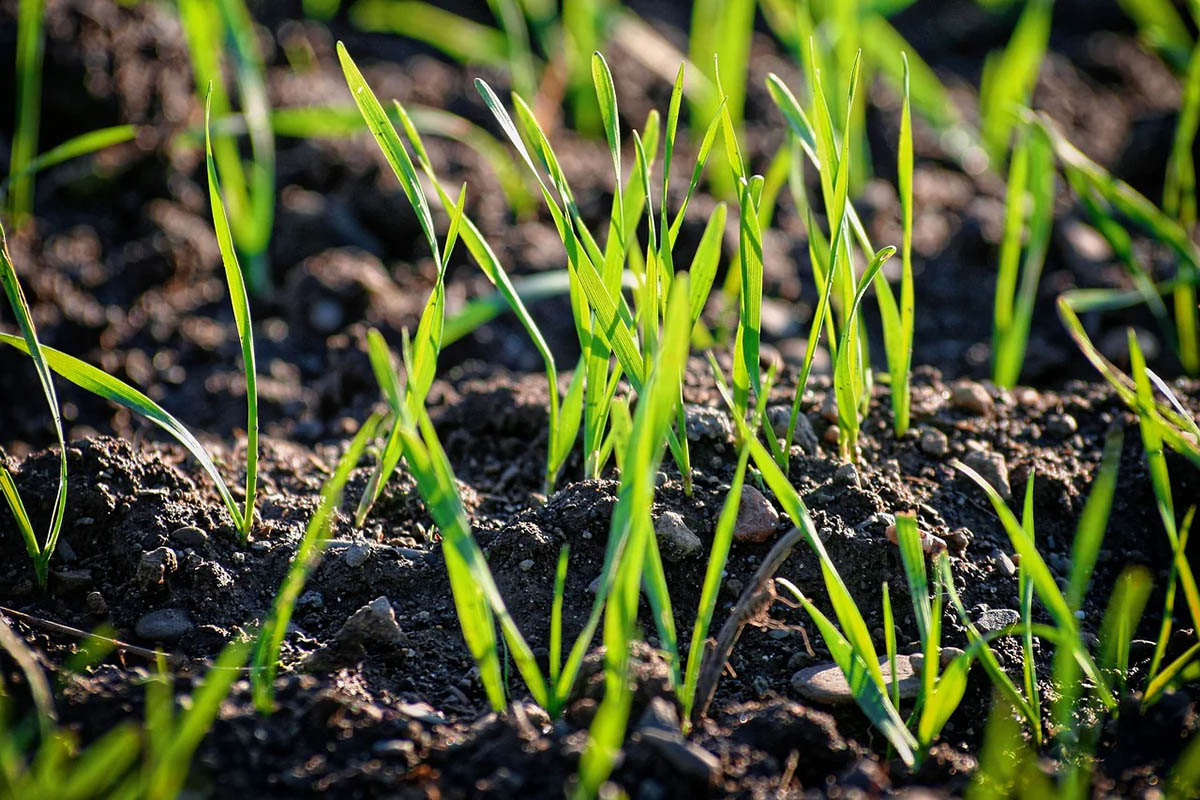
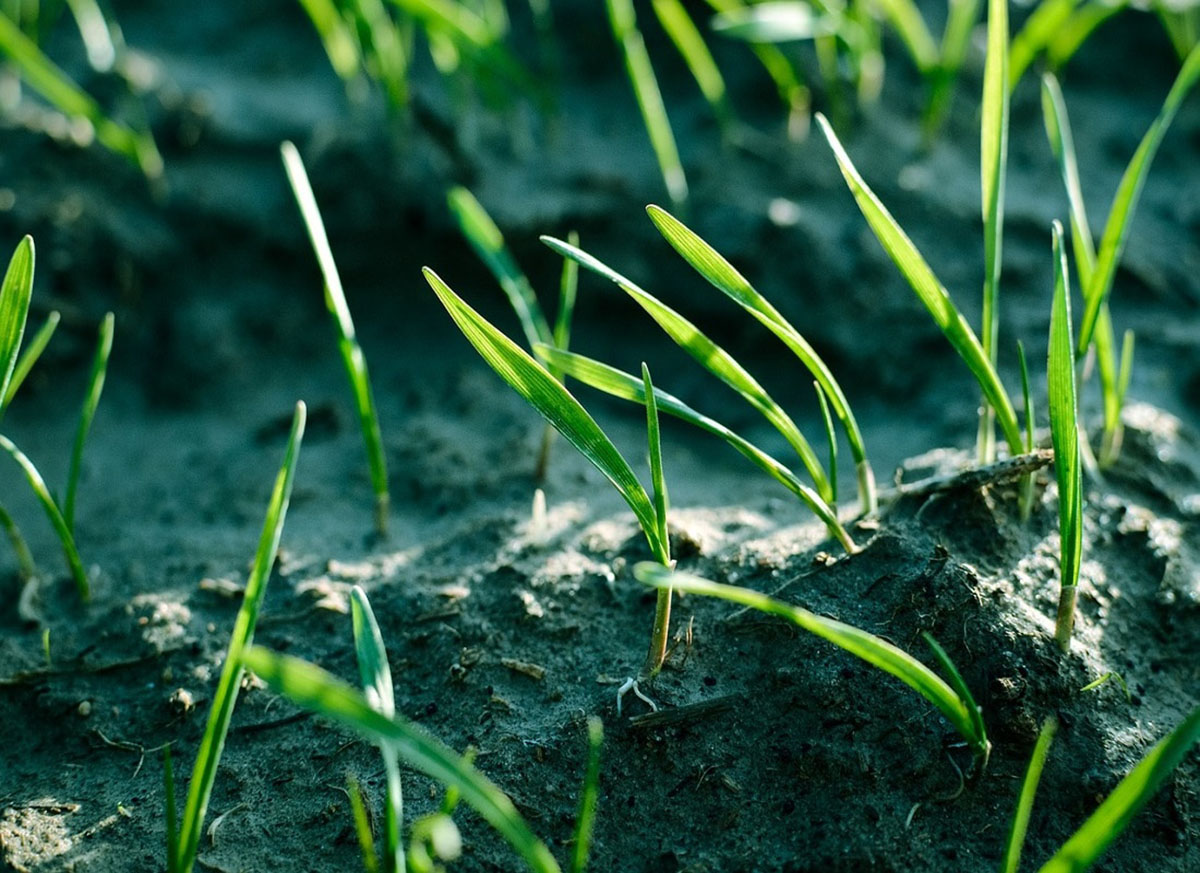
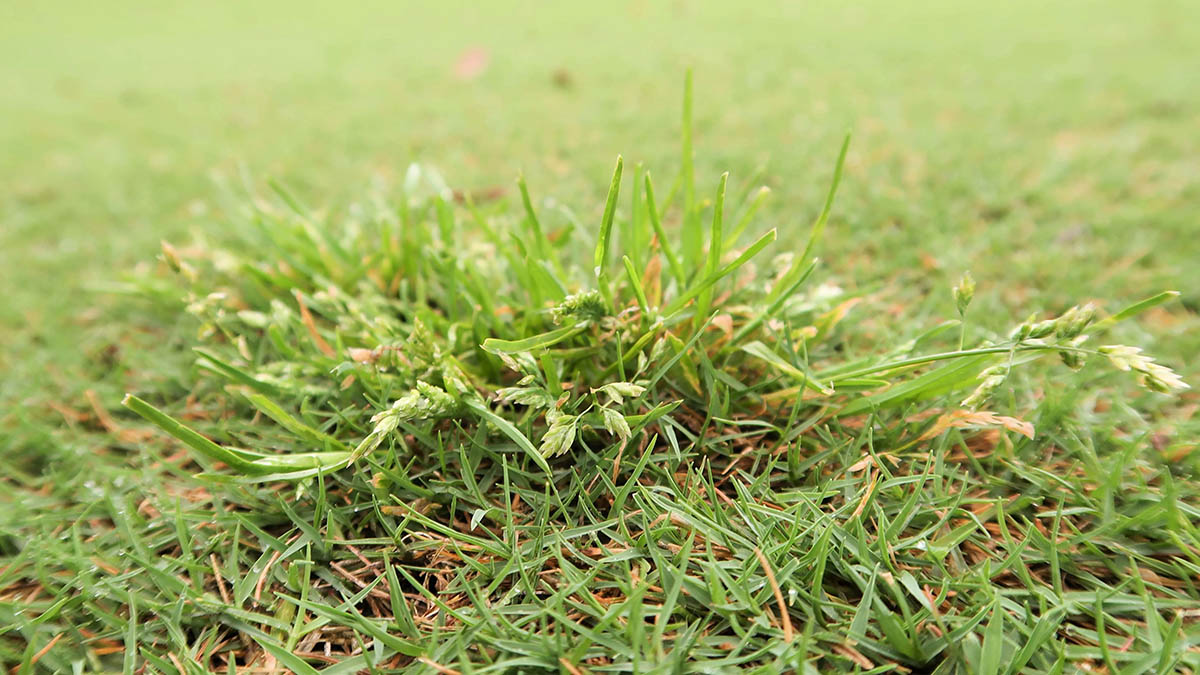
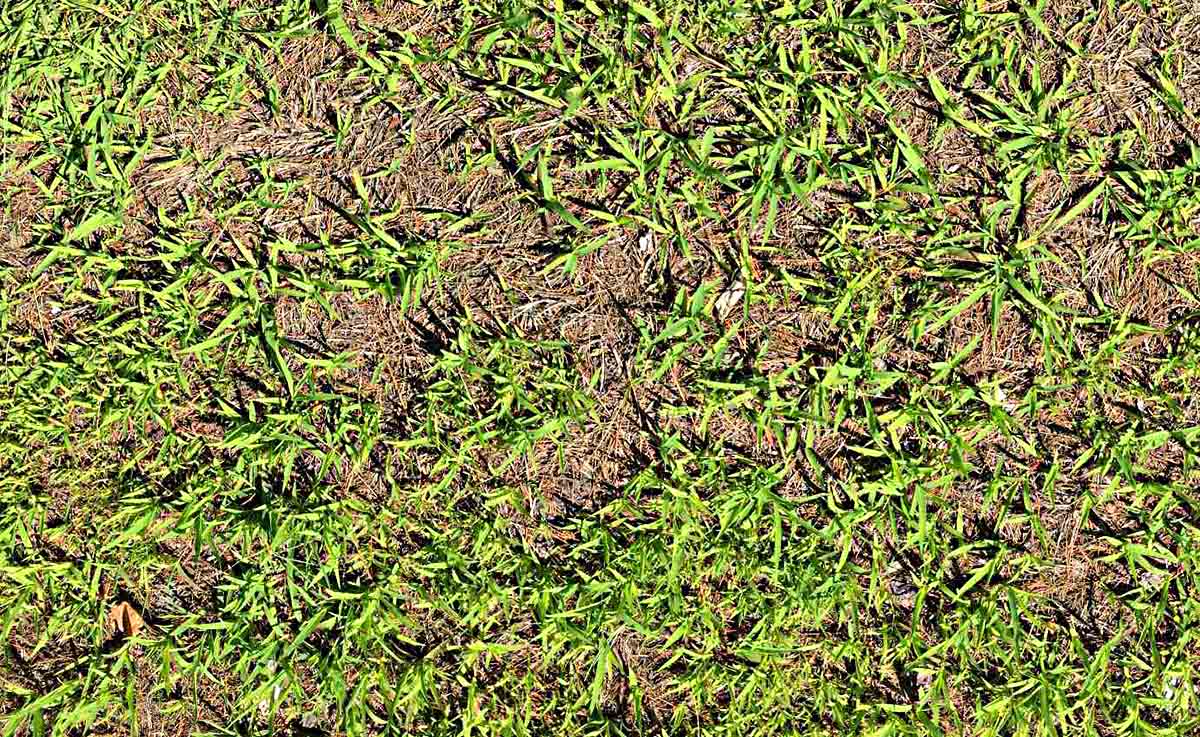
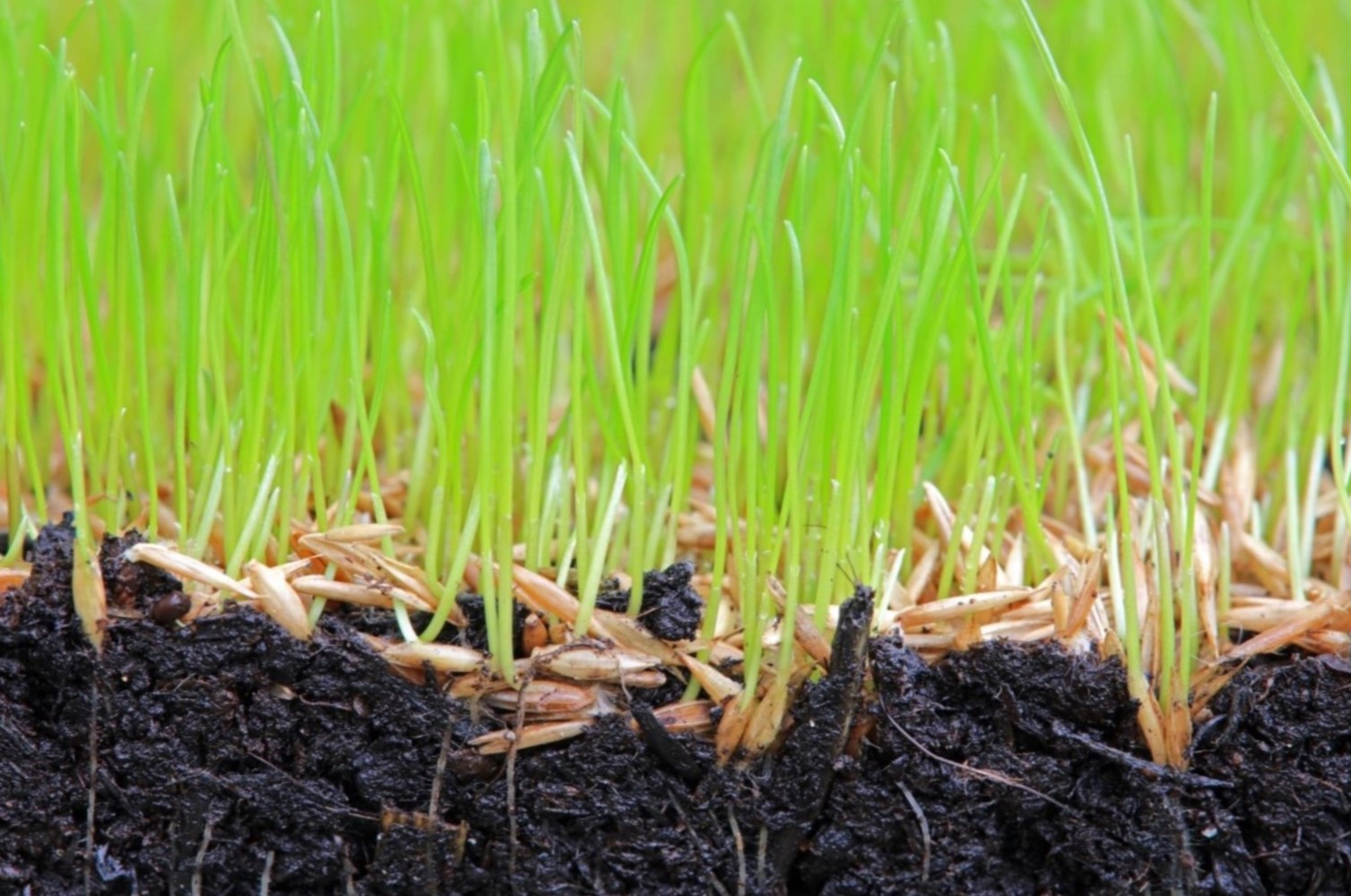
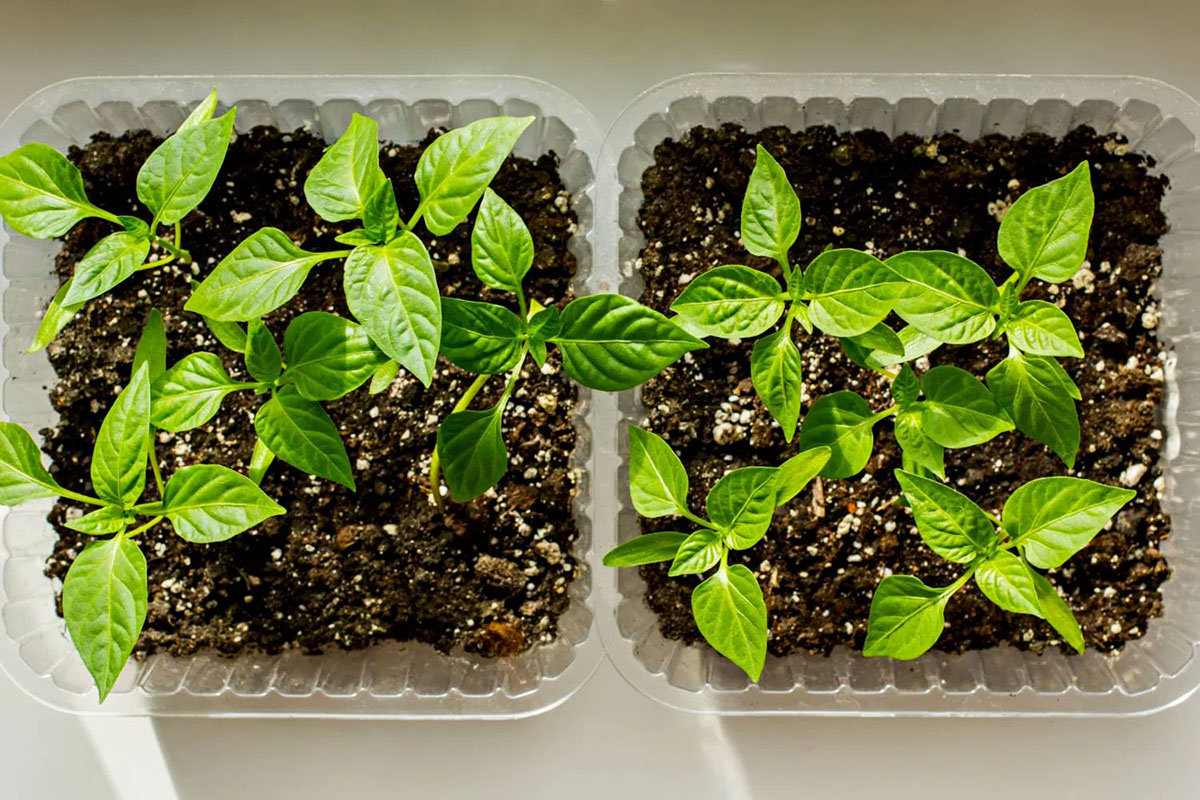
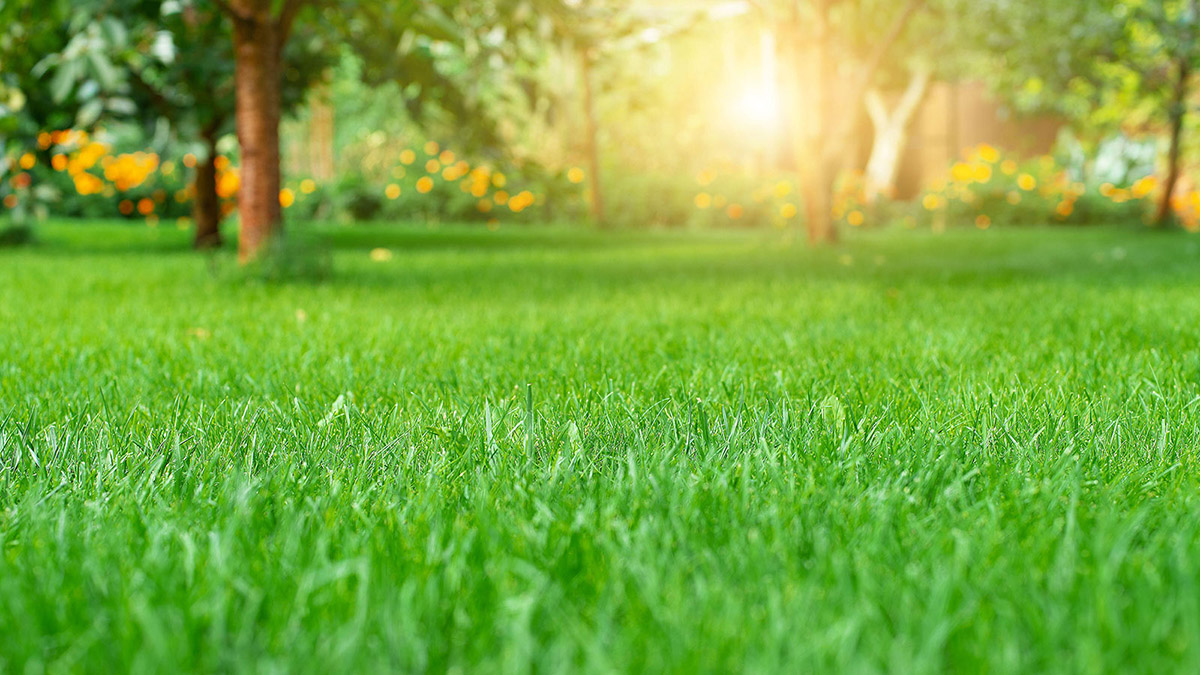

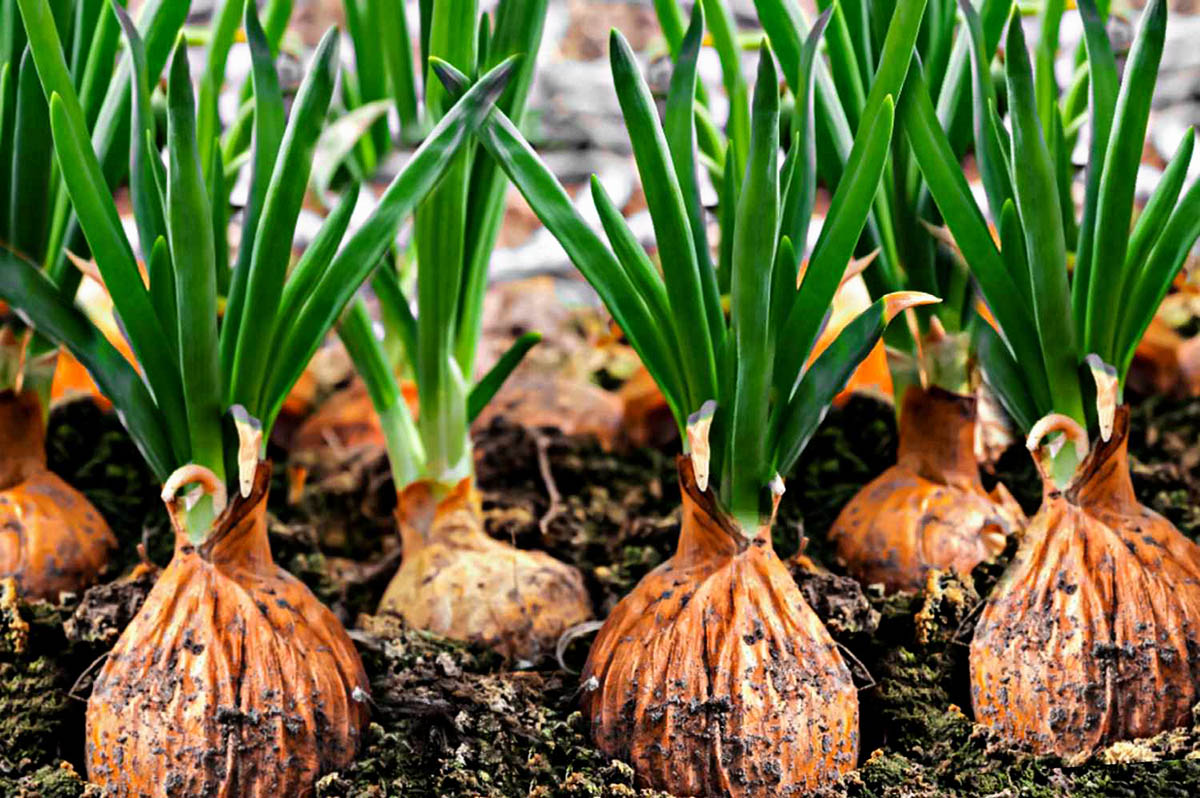
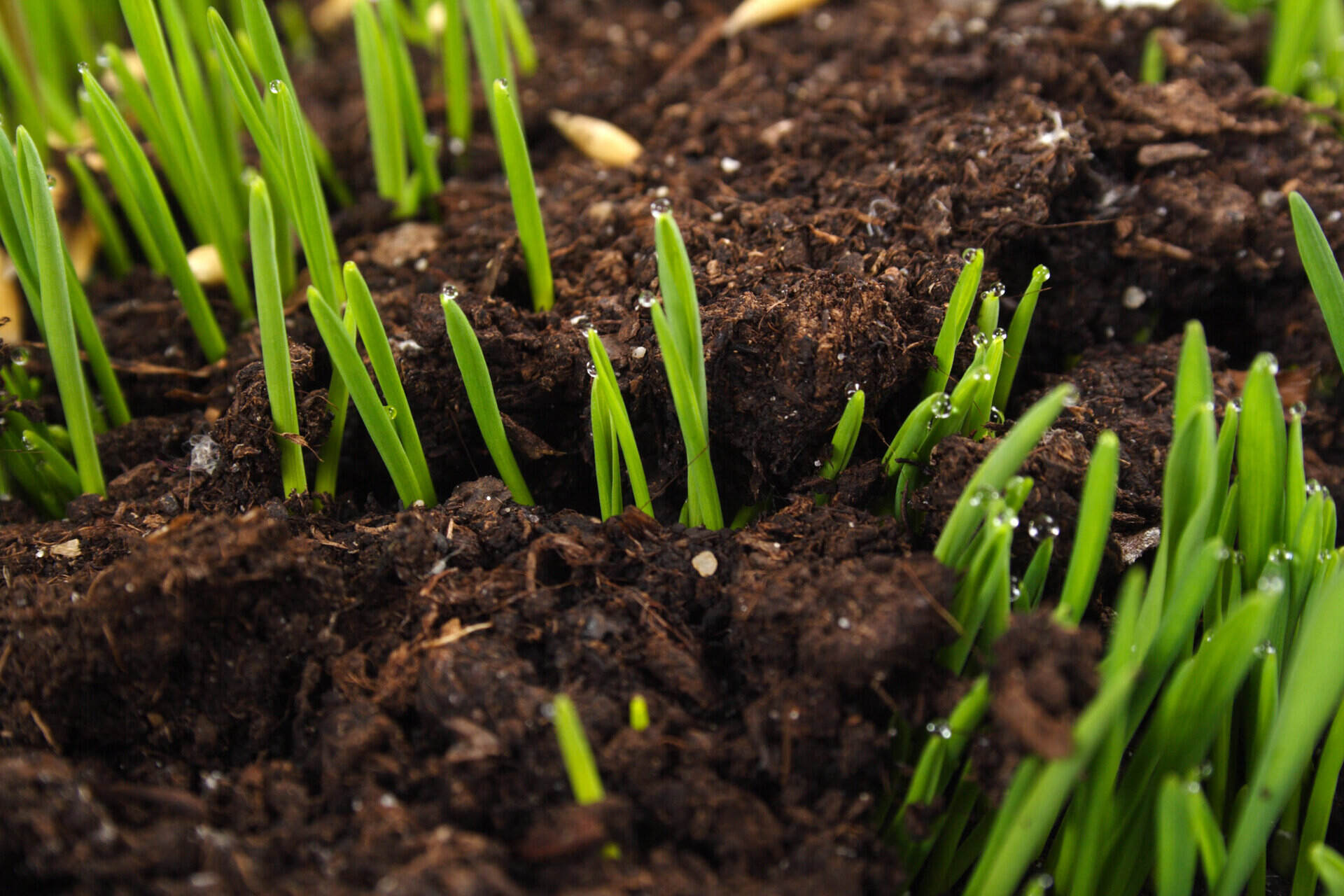

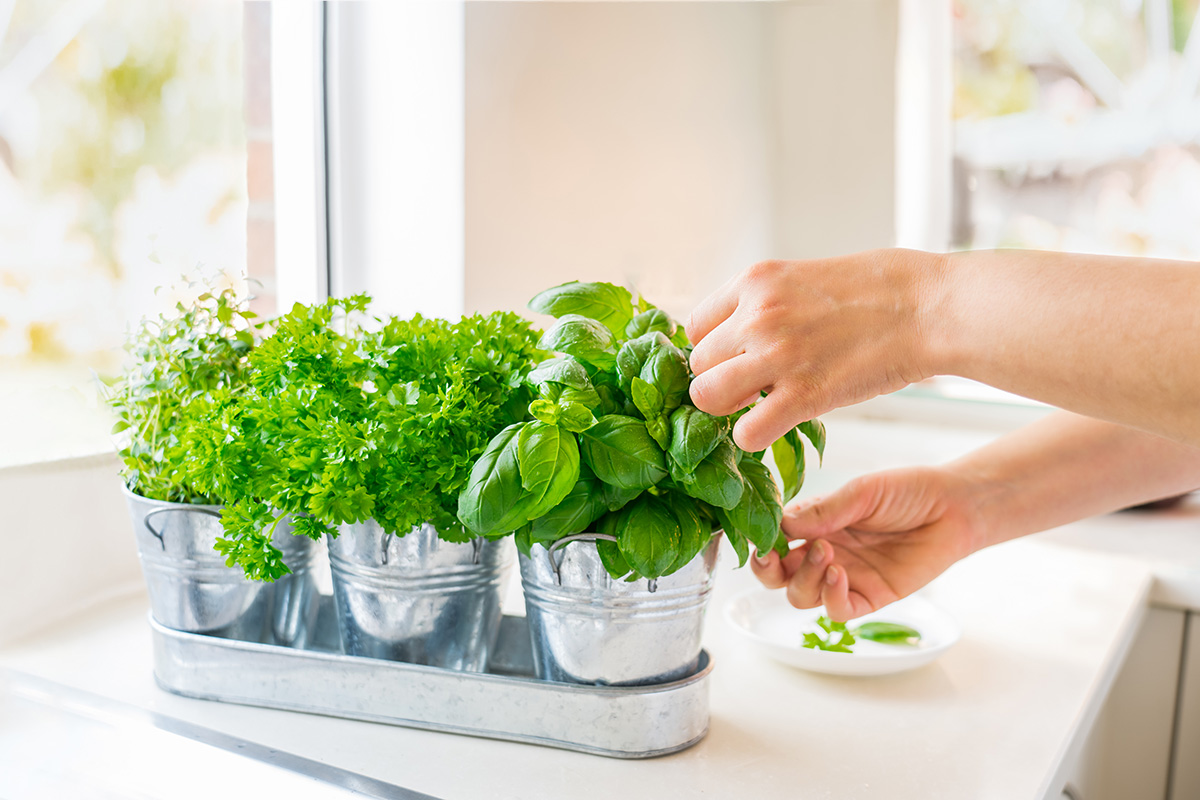

0 thoughts on “What Temperature Does Crabgrass Germinate”